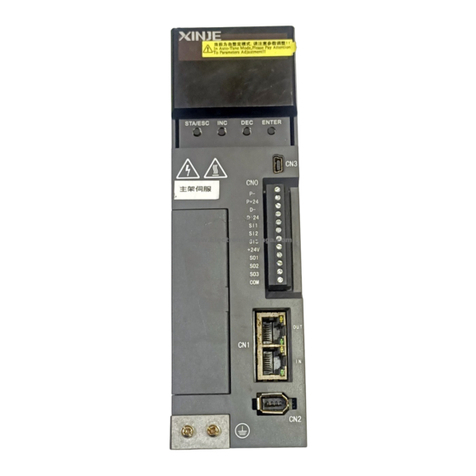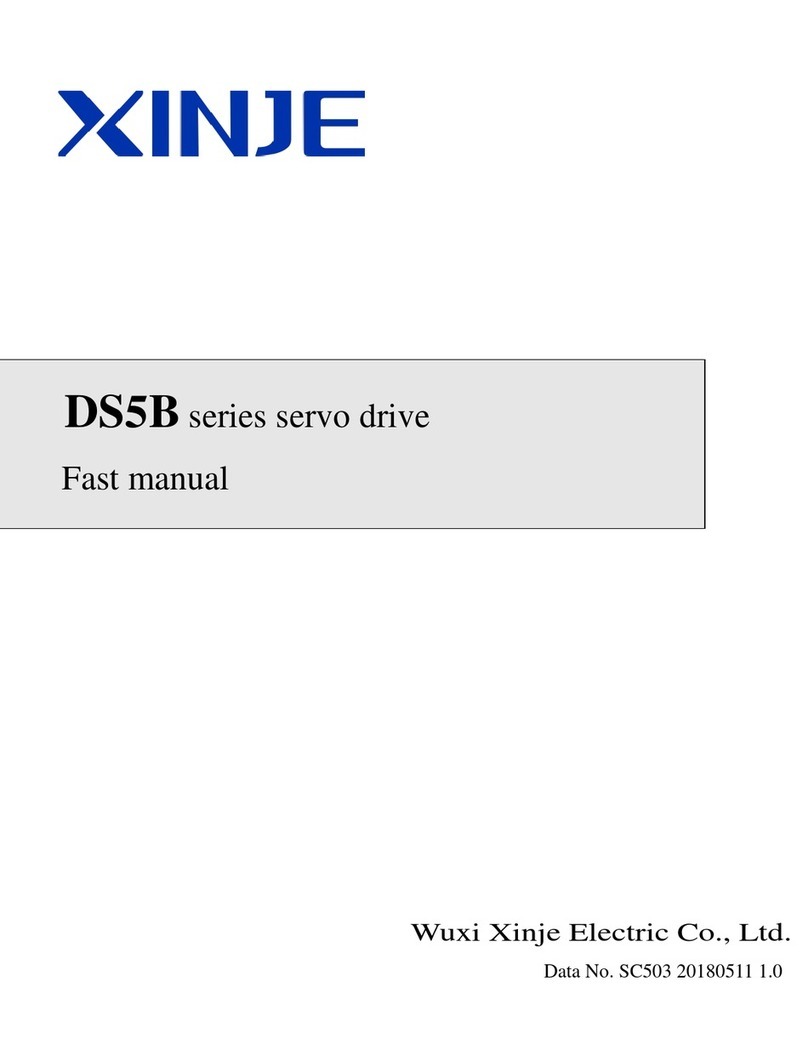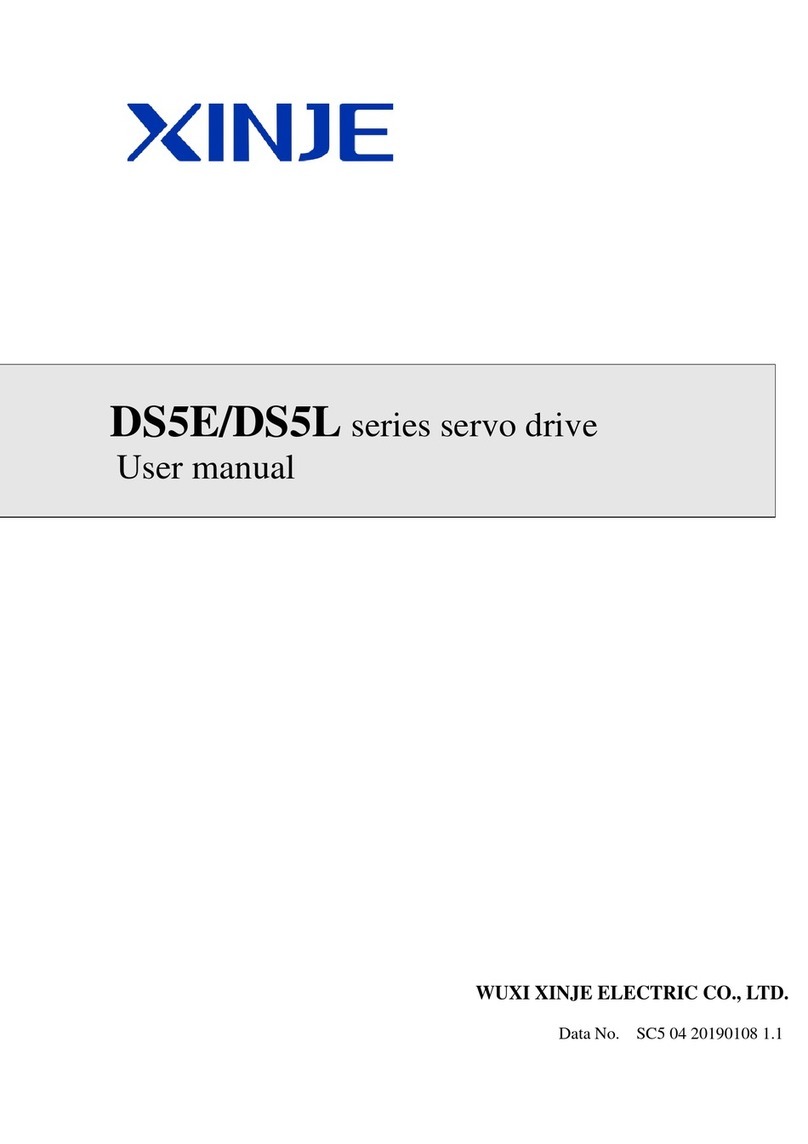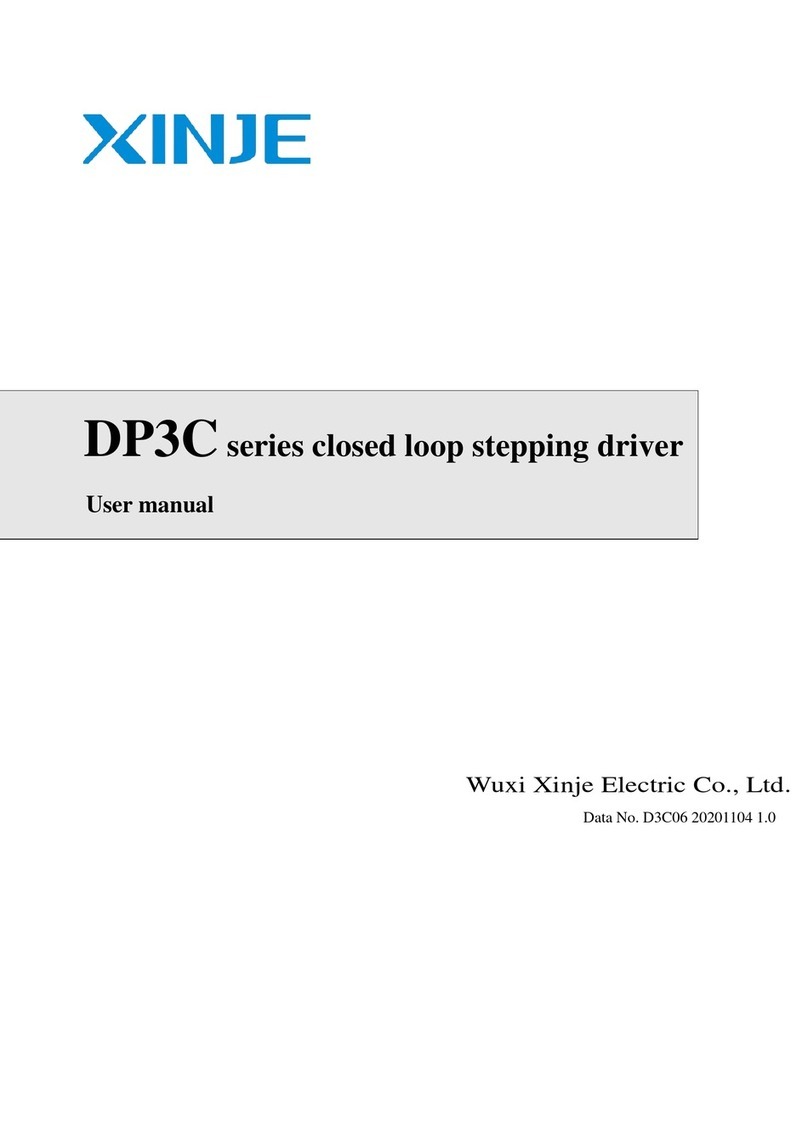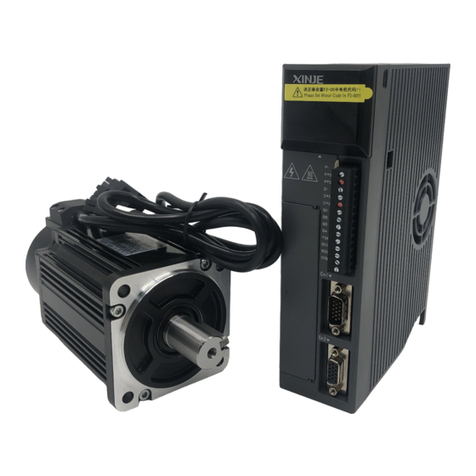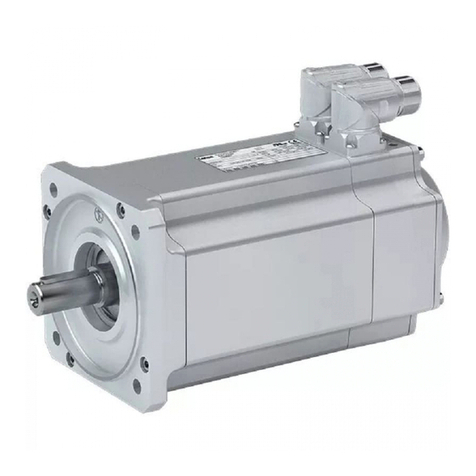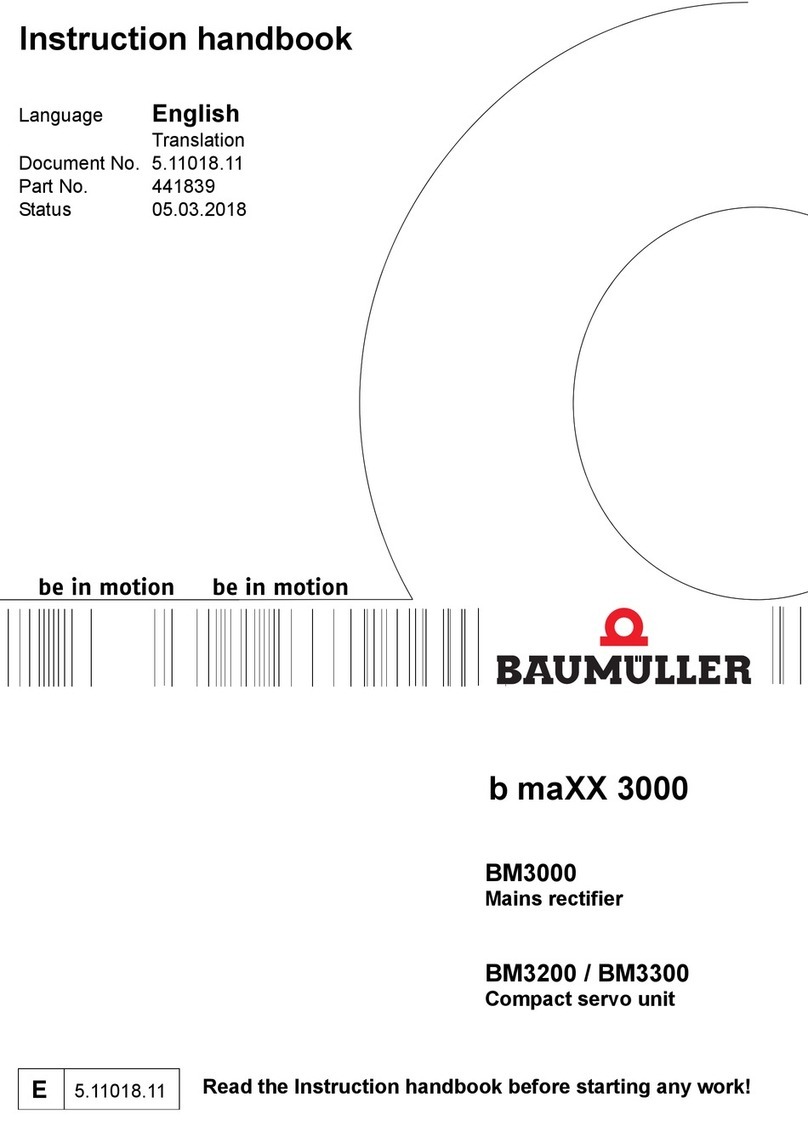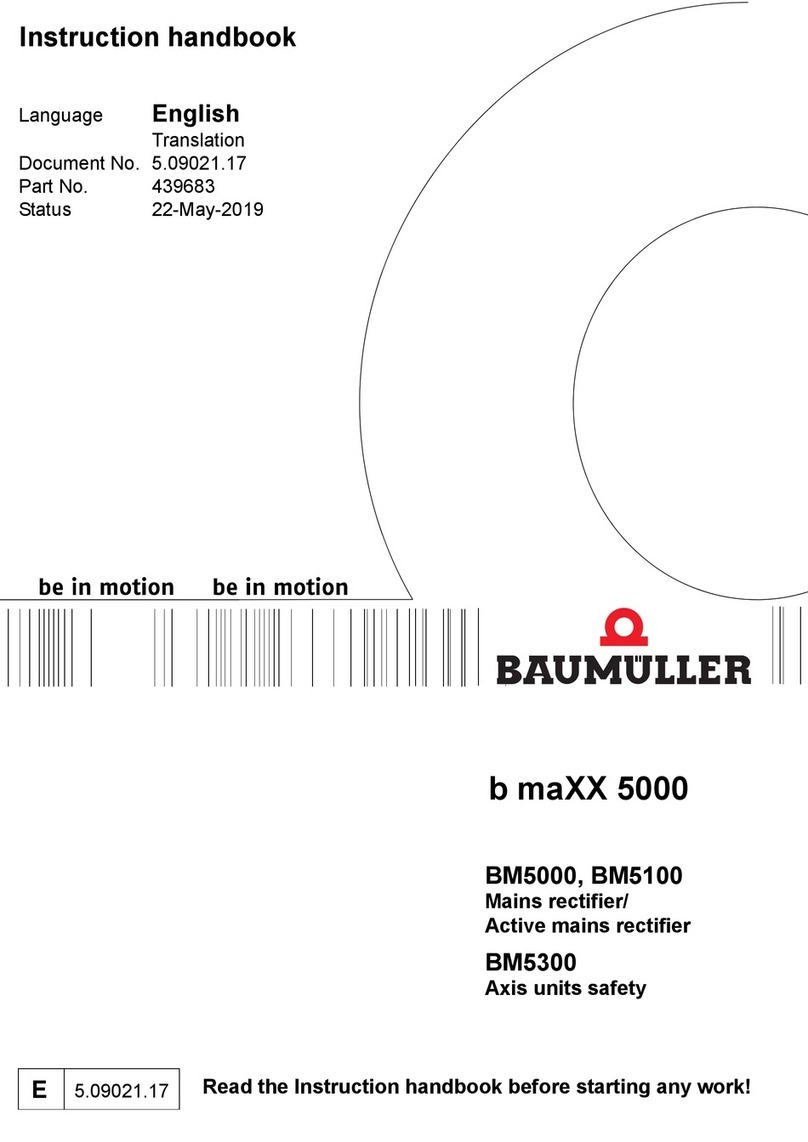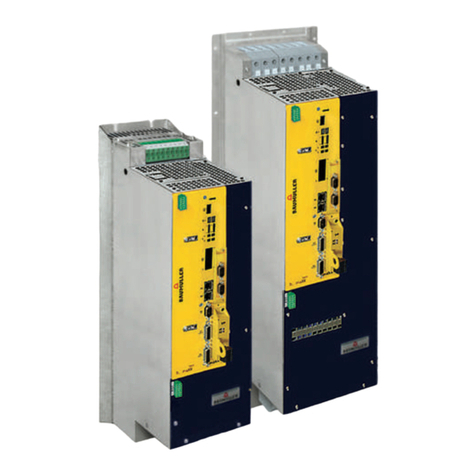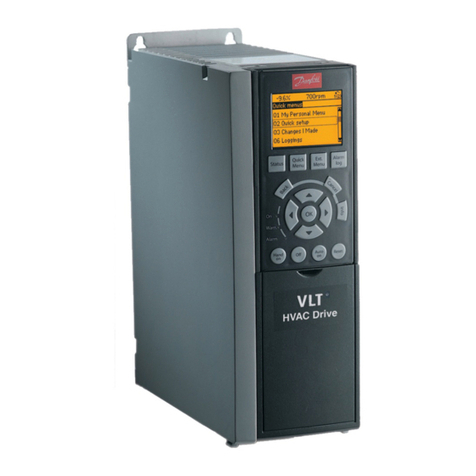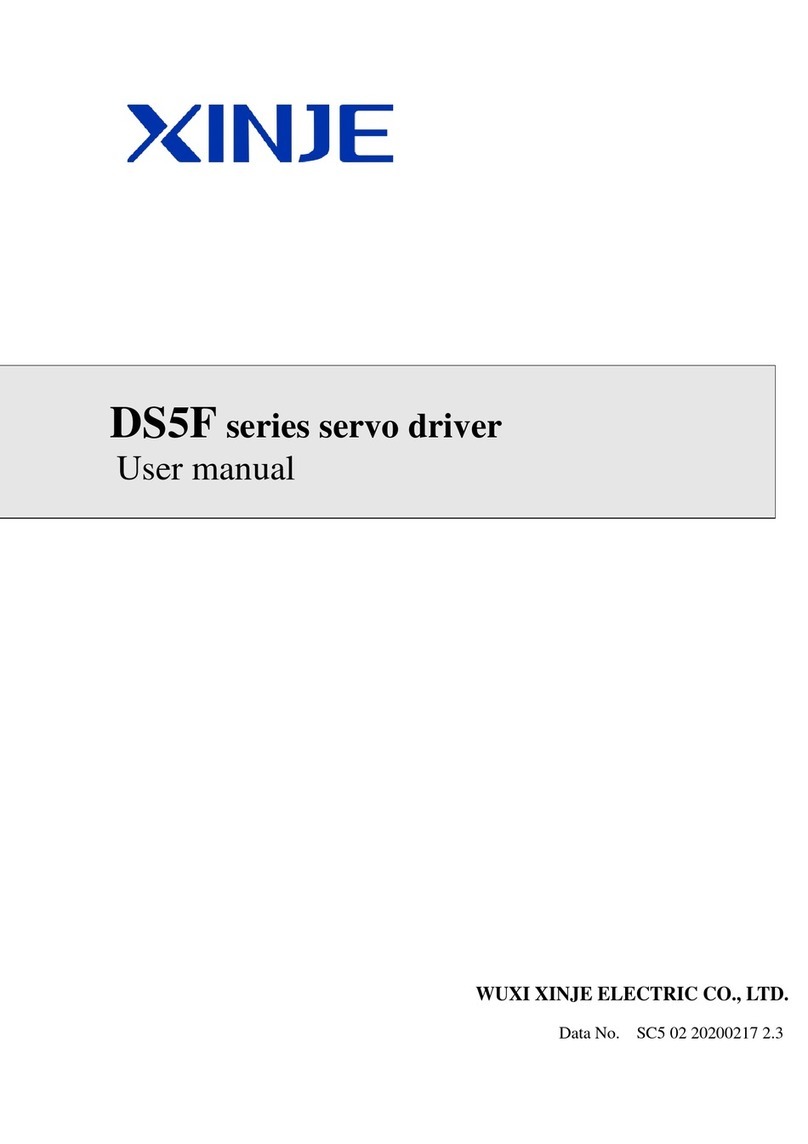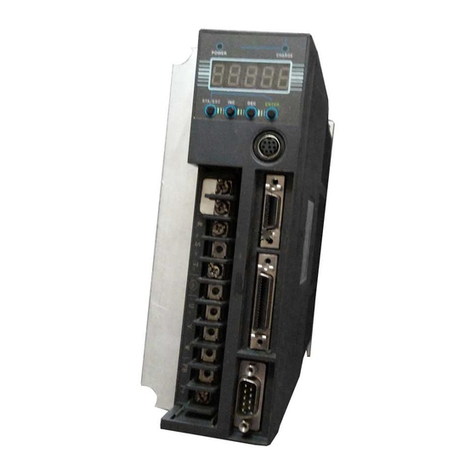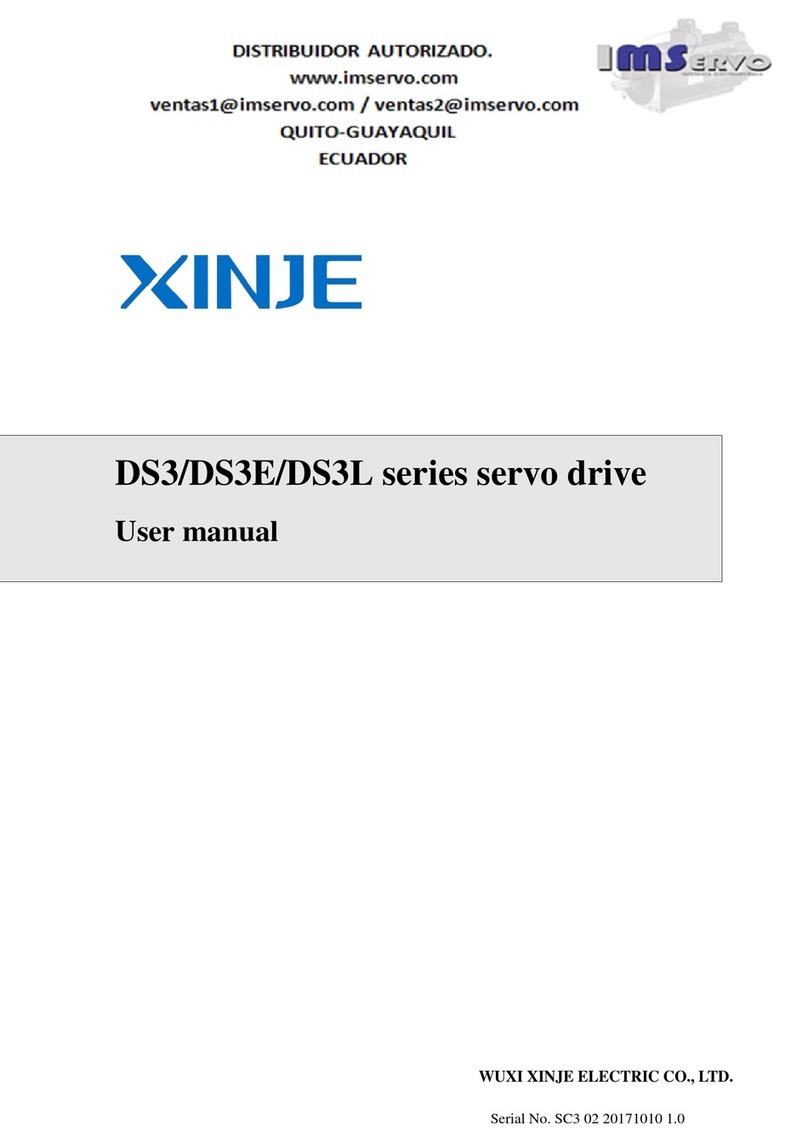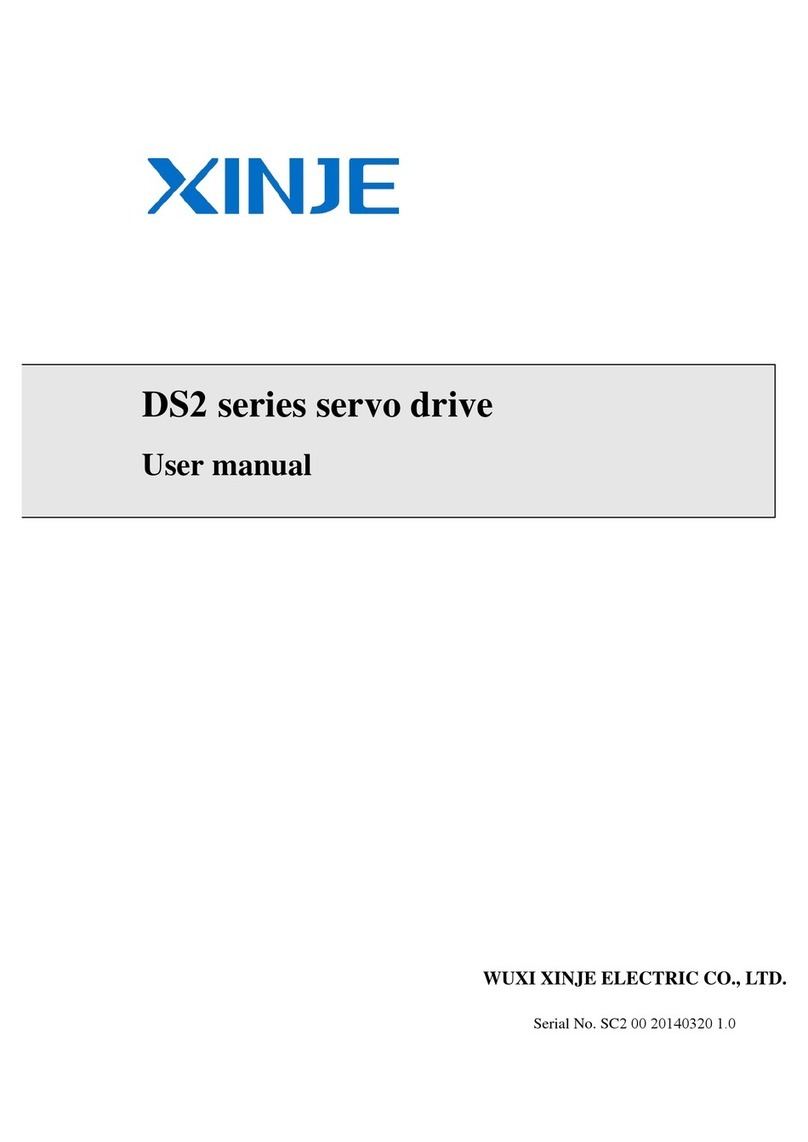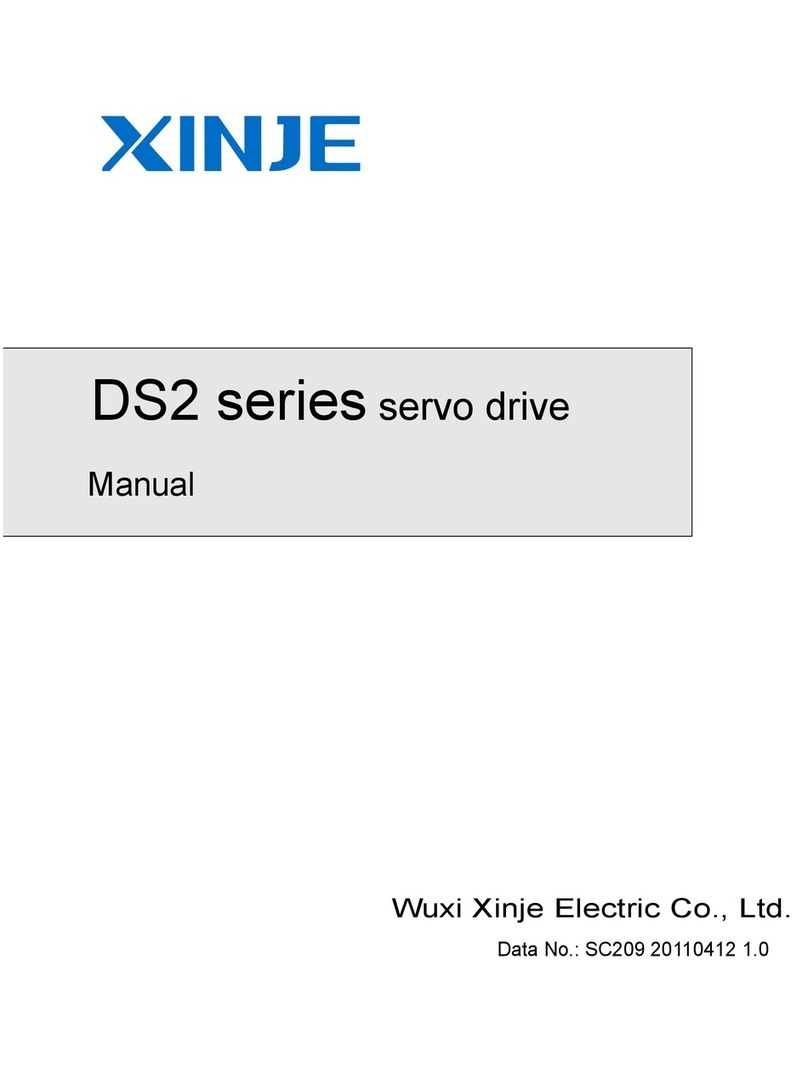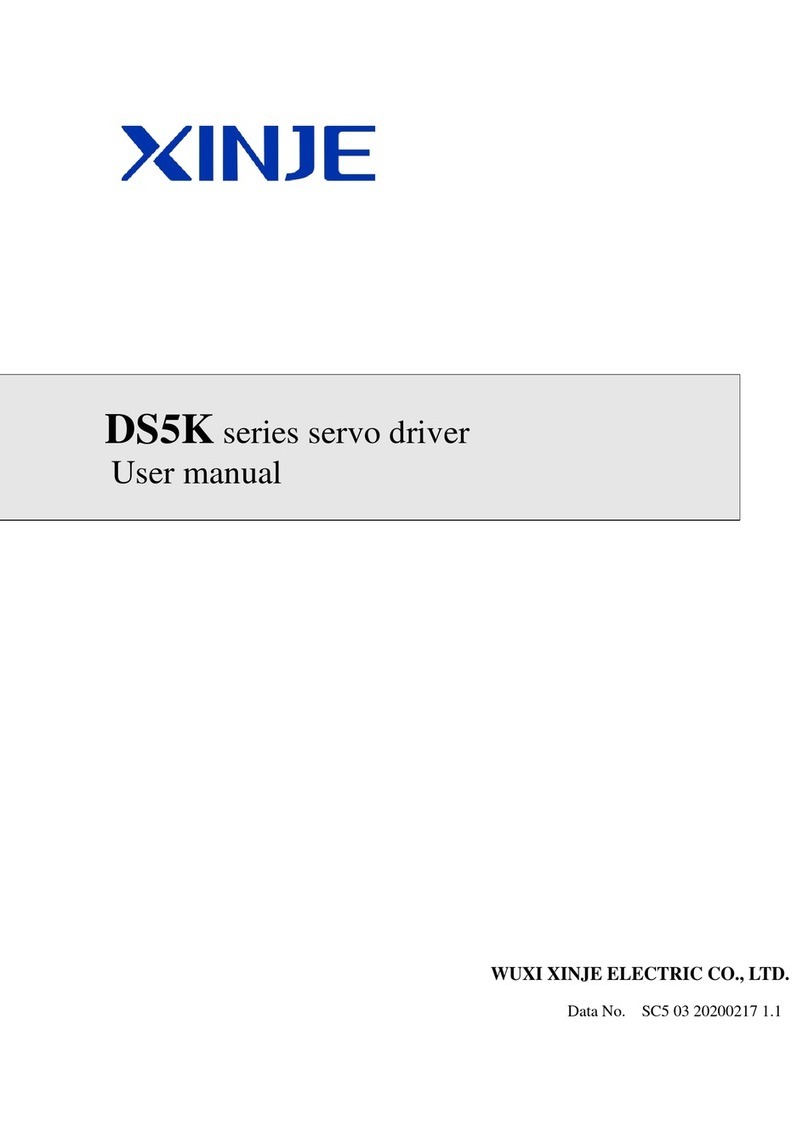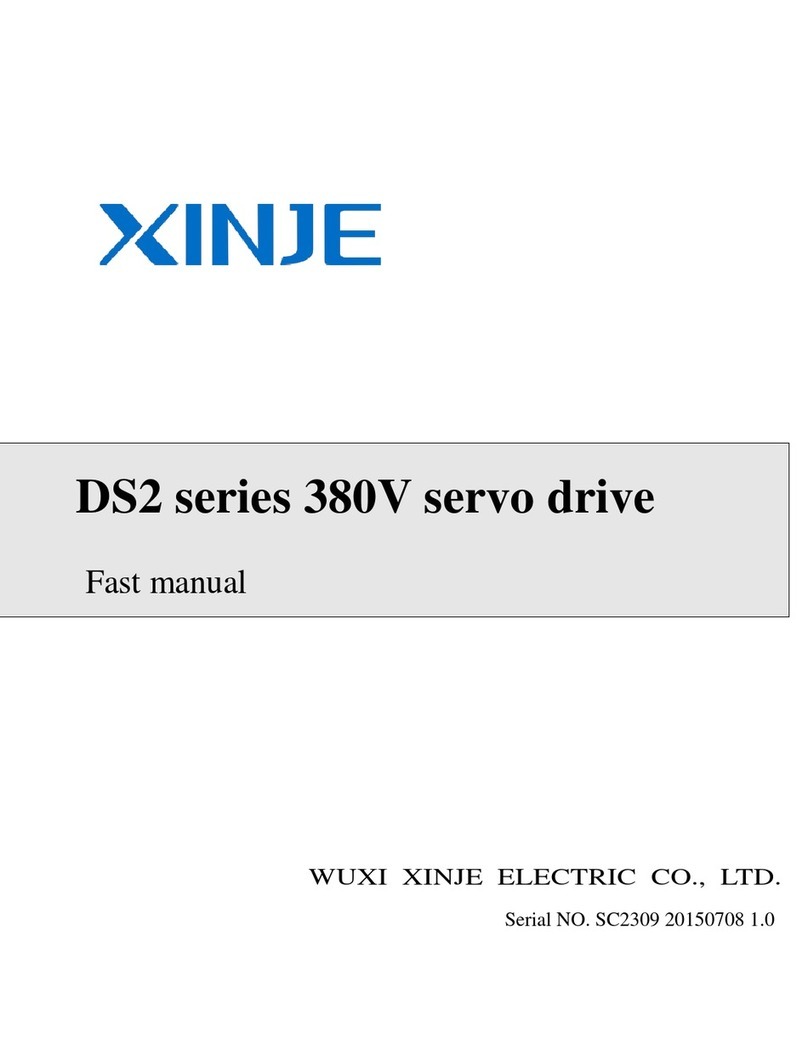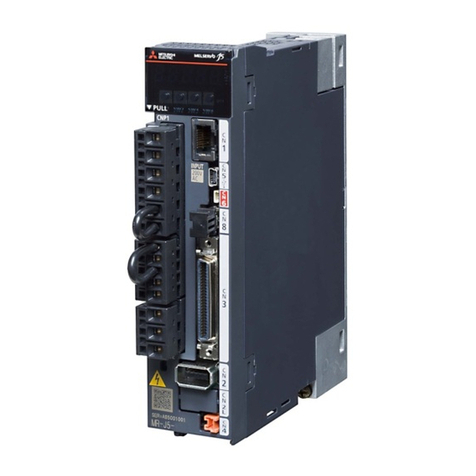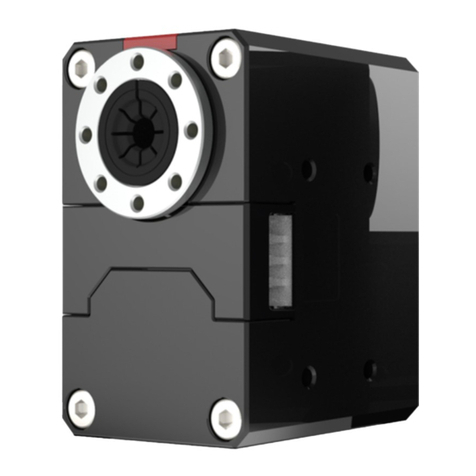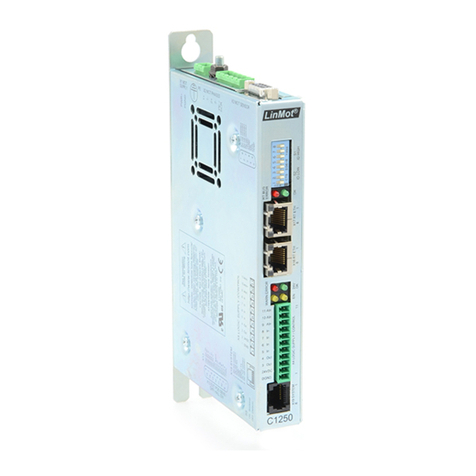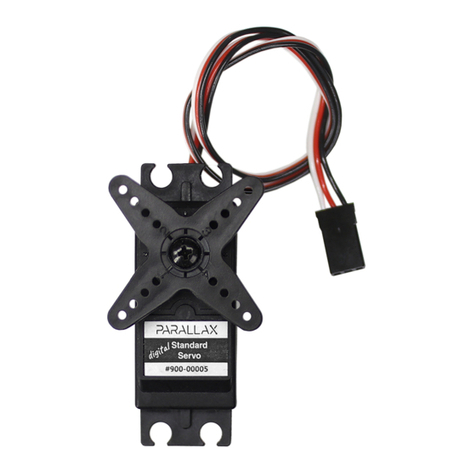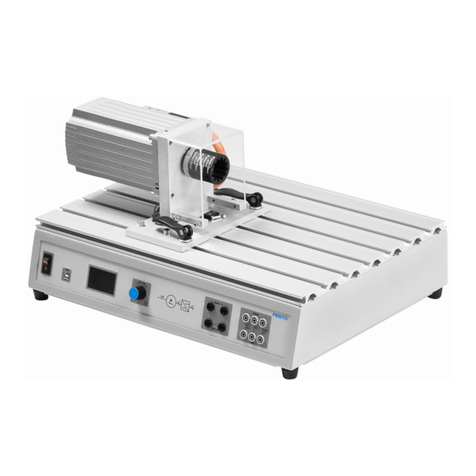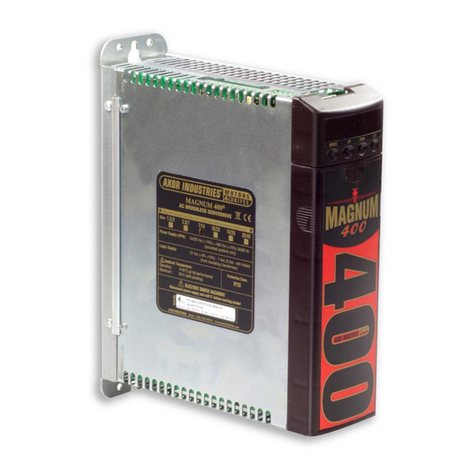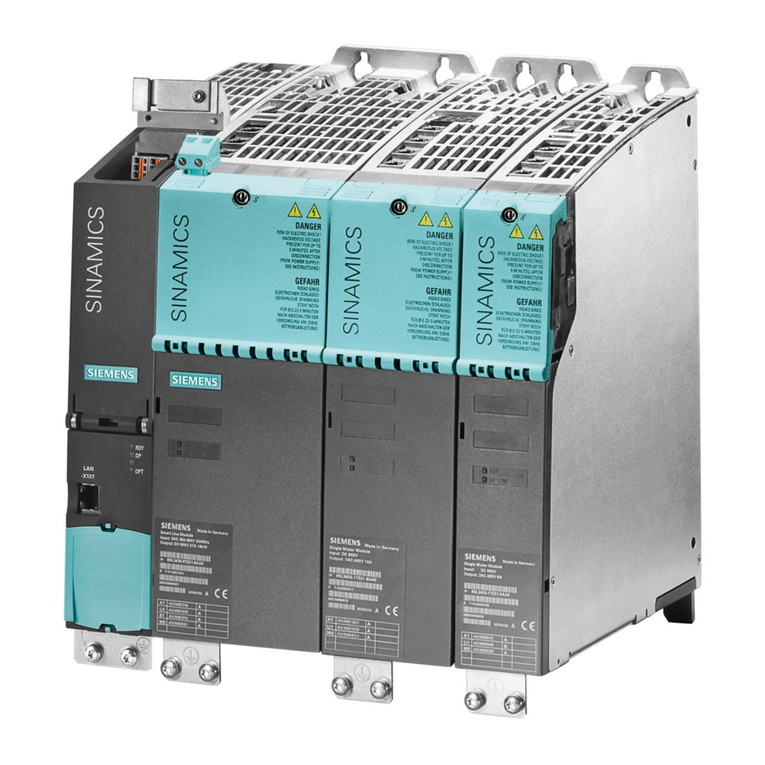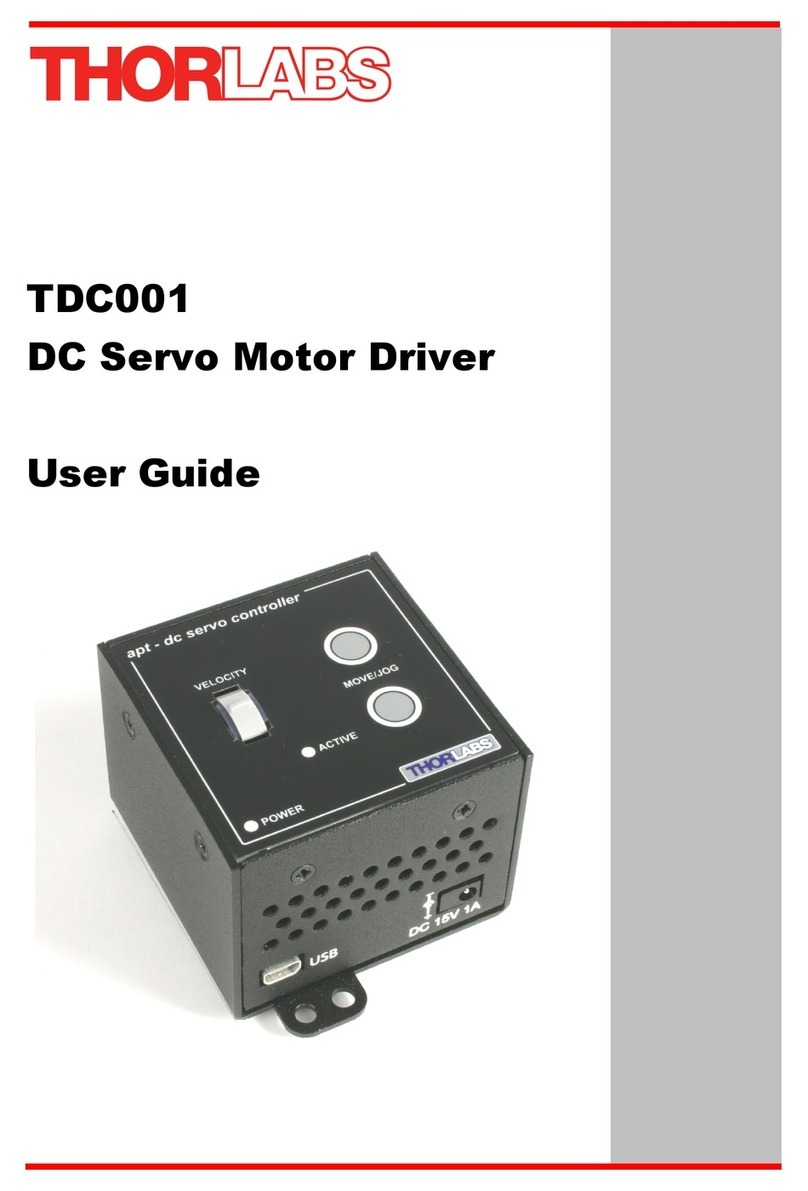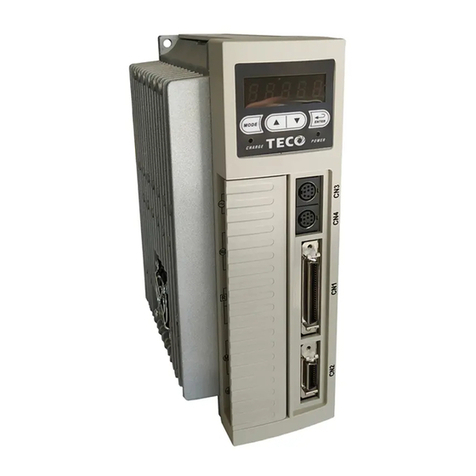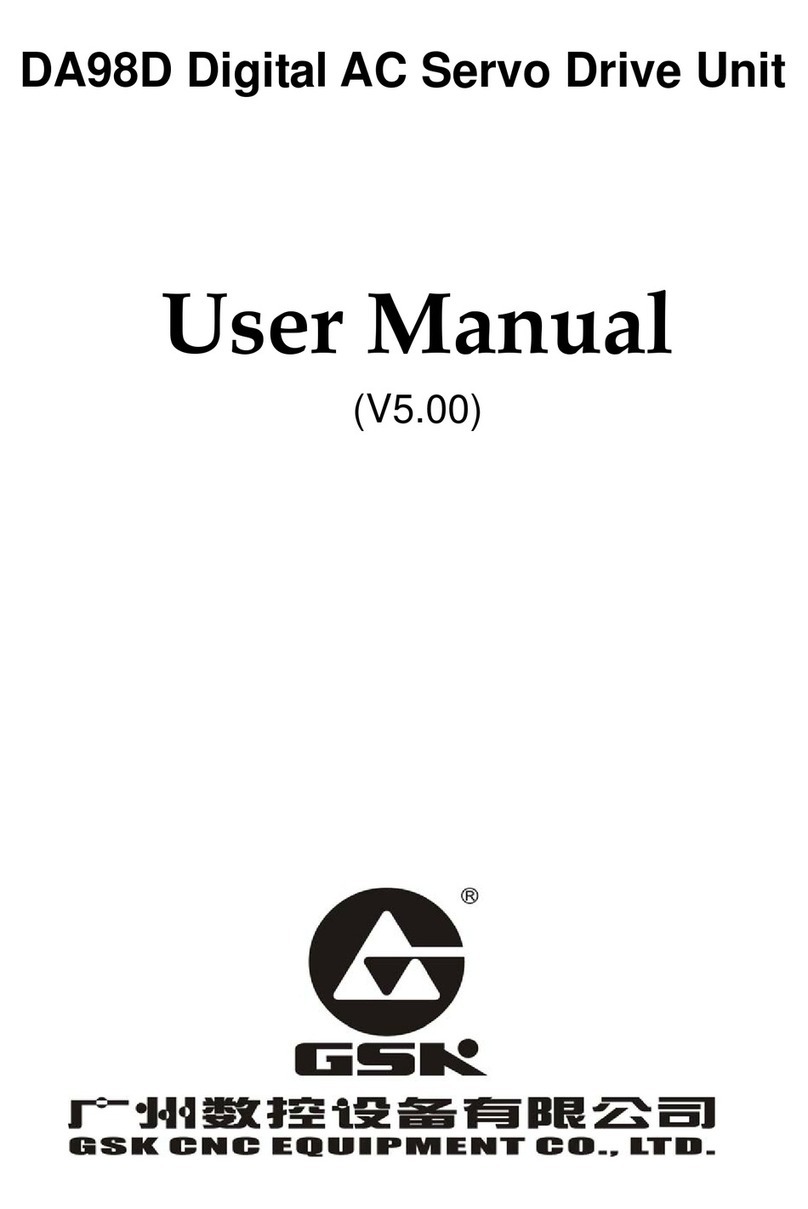
- 2 -
5.1 CONTROL MODE SELECTION AND SWITCHING ................................................................................................... 37
5.1.1 Control mode selection ................................................................................................................... 37
5.1.2 Control mode switching .................................................................................................................. 38
5.2 BASIC FUNCTION SETTING............................................................................................................................. 39
5.2.1 Jog operation .................................................................................................................................. 39
5.2.2 Servo enable setting ....................................................................................................................... 40
5.2.3 Rotation direction switching........................................................................................................... 41
5.2.4 Stop mode....................................................................................................................................... 41
5.2.5 Power-off brake .............................................................................................................................. 43
5.2.6 Braking setting................................................................................................................................ 46
5.3 POSITION CONTROL..................................................................................................................................... 47
5.3.1 General position control ................................................................................................................. 47
5.3.2 Position control (external pulse command) .................................................................................... 56
5.3.3 Position control (Internal command).............................................................................................. 58
5.4 SPEED CONTROL......................................................................................................................................... 67
5.4.1 Speed mode general control ........................................................................................................... 67
5.4.2 Speed control (internal speed)........................................................................................................ 69
5.5 TORQUE CONTROL...................................................................................................................................... 73
5.5.1 Torque general mode...................................................................................................................... 73
5.5.2 Torque control (internal setting)..................................................................................................... 73
5.6 ABSOLUTE VALUE SYSTEM ............................................................................................................................ 74
5.6.1 Absolute system setting.................................................................................................................. 74
5.6.2 Replace the battery......................................................................................................................... 74
5.6.3 The upper limit of turns .................................................................................................................. 75
5.7 AUXILIARY FUNCTIONS................................................................................................................................. 76
5.7.1 Anti-blocking protection ................................................................................................................. 76
5.7.2 Torque limit..................................................................................................................................... 77
5.7.3 Speed limit ...................................................................................................................................... 78
5.7.4 I/O signal distribution ..................................................................................................................... 78
5.7.5 Output terminal function................................................................................................................ 79
5.7.6 Input terminal function................................................................................................................... 84
5.7.7 Time limit curve of overload protection.......................................................................................... 85
6SERVO GAIN ADJUSTMENT............................................................................................................................... 87
6.1 OVERVIEW OF SERVO GAIN ADJUSTMENT......................................................................................................... 87
6.1.1 Overview and process..................................................................................................................... 87
6.1.2 The difference of these adjustment modes..................................................................................... 88
6.1.3 Model loop control ......................................................................................................................... 88
6.1.4 Torque disturbance observation ..................................................................................................... 90
6.2 ROTARY INERTIA PRESUMPTION..................................................................................................................... 90
6.2.1 Overview......................................................................................................................................... 90
6.2.2 Notes............................................................................................................................................... 91
6.2.3 Operation tool ................................................................................................................................ 91
6.2.4 Operation steps .............................................................................................................................. 91
6.3 FAST ADJUSTMENT...................................................................................................................................... 95
6.3.1 Overview......................................................................................................................................... 95
6.3.2 Fast adjustment steps..................................................................................................................... 95
6.3.3 Rigidity level corresponding gain parameters ................................................................................ 95
6.3.4 Notes............................................................................................................................................... 97
6.4 AUTO-TUNING ........................................................................................................................................... 98
6.4.1 Overview......................................................................................................................................... 98
6.4.2 Notes............................................................................................................................................... 98
6.4.3 Operation tools ............................................................................................................................... 98
6.4.4 Internal instruction auto-tuning steps ............................................................................................ 98
6.4.5 External instruction auto-tuning steps ......................................................................................... 103
6.4.6 Related parameters ...................................................................................................................... 107
6.5 MANUAL ADJUSTMENT.............................................................................................................................. 108
6.5.1 Overview....................................................................................................................................... 108
6.5.2 Adjustment steps .......................................................................................................................... 109
6.5.3 Gain parameters for adjustment .................................................................................................. 110
6.6 ADAPTIVE ............................................................................................................................................... 111


